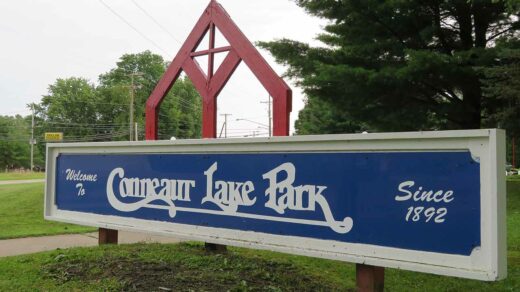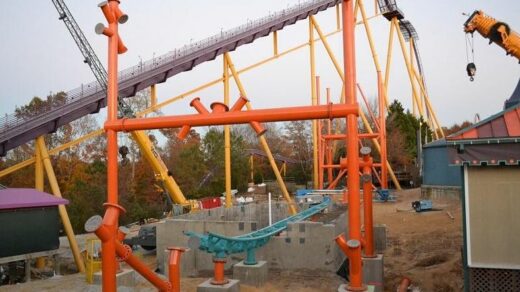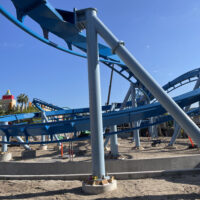Since 2001, the Disneyland® Resort in [California] has enhanced its energy conservation measures and reduced its average daily power demand by four million kilowatt hours, the equivalent of the energy used by 350 average American homes. This has been achieved through lighting, heating, and air conditioning adjustments.
Disneyland® Resort Entertainment has been upgrading its theatrical lighting Resortwide with energy efficient LED (light emitting diodes) lights. The new lights last ten times longer and use 75 percent less energy than conventional incandescent light bulbs. LED lights are currently being used on Sleeping Beauty Castle, Fantasmic!, Princess Fantasy Faire, and the Tomorrowland Terrace.
Pixie Hollow, Tinker Bell’s new home at Disneyland® Park, features 1,000 LED strobe lights that use as much as 50 percent less energy. In addition, the attraction is enhanced by colored LED fixtures both in the landscape and in the Pixie Dust Lake, which use less energy and allow the color of the landscape and water to interact with the music.
Nearly 10,000 custom-made gold, green, and white LED lights have been added to 17 floats in the enhanced Disney’s Electrical Parade at Disney’s California Adventure® park. The new LED lights use one-quarter of the power of incandescent lights. The Tinker Bell float alone has more than 25,000 points of light and 75 percent are driven by an LED source. The costumes used in the parade also have new LED lights, resulting in performers only having to wear one battery pack instead of two.
In [Florida], at Walt Disney World Resort, there are 8.5 million lights strung throughout the resort. Ninety-eight percent of the lighting used for holiday décor is LED lights. For example, one 70-foot-tall tree takes center stage in Disney’s Contemporary Resort entrance lobby featuring nearly 35,800 white LED lights.
The Walt Disney Company’s commitment to preserving the environment dates back to Walt Disney himself when he said, “The natural resources of our vast continent are not inexhaustible. But if we use our riches wisely, if we will protect our wildlife and preserve our lakes and streams, these things will last us for generations to come.”













Led lights are great because they are long lasting and consumes less electricity.”.,
Incandescent light bulbs will soon be phased out because they waste a lot of energy.-~”
the great thing about LED light is that they do not generate lots of heat~*~
incandescent lights uses too much electricity compared to compact fluorescent lamps.!~ minerals